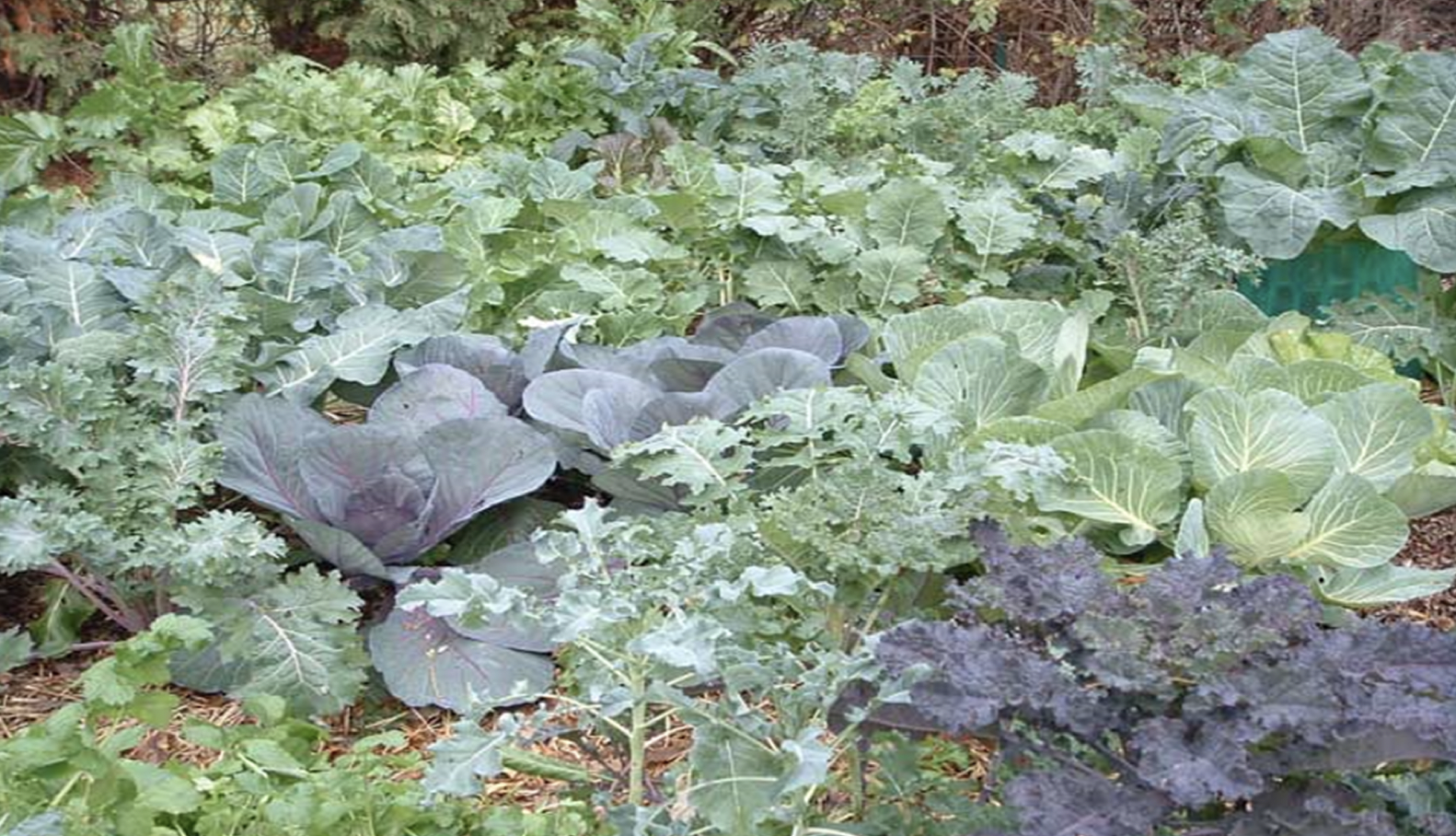Garden Chores in February
go.ncsu.edu/readext?1051567
en Español / em Português
El inglés es el idioma de control de esta página. En la medida en que haya algún conflicto entre la traducción al inglés y la traducción, el inglés prevalece.
Al hacer clic en el enlace de traducción se activa un servicio de traducción gratuito para convertir la página al español. Al igual que con cualquier traducción por Internet, la conversión no es sensible al contexto y puede que no traduzca el texto en su significado original. NC State Extension no garantiza la exactitud del texto traducido. Por favor, tenga en cuenta que algunas aplicaciones y/o servicios pueden no funcionar como se espera cuando se traducen.
Português
Inglês é o idioma de controle desta página. Na medida que haja algum conflito entre o texto original em Inglês e a tradução, o Inglês prevalece.
Ao clicar no link de tradução, um serviço gratuito de tradução será ativado para converter a página para o Português. Como em qualquer tradução pela internet, a conversão não é sensivel ao contexto e pode não ocorrer a tradução para o significado orginal. O serviço de Extensão da Carolina do Norte (NC State Extension) não garante a exatidão do texto traduzido. Por favor, observe que algumas funções ou serviços podem não funcionar como esperado após a tradução.
English
English is the controlling language of this page. To the extent there is any conflict between the English text and the translation, English controls.
Clicking on the translation link activates a free translation service to convert the page to Spanish. As with any Internet translation, the conversion is not context-sensitive and may not translate the text to its original meaning. NC State Extension does not guarantee the accuracy of the translated text. Please note that some applications and/or services may not function as expected when translated.
Collapse ▲VEGETABLES
* Check your seed supply before ordering more. Seeds more than a couple of years old should probably be replaced. Do a germination test if in doubt.
* Start your garden plan on paper as you browse garden catalogs. Review last year’s notes or memories for what worked and how much was too much.
* If you have any winter vegetables in a greenhouse or under plastic, remember to vent on sunny days to prevent overheating.
* If the soil is dry enough to work, go ahead and prepare a spot for a late February planting.
* English and edible pea pods, spinach, kale, and a few other cold-hardy crops can be planted late February through March.
* Mow or cut back cover crops and turn whenever the soil isn’t too wet to work.
* This is an excellent time to plant the asparagus bed. Thorough bed preparation is important.
Learn more about getting an
asparagus bed started
Check out the Western North Carolina Planting Calendar for
Annual Vegetables, Fruits, and Herbs
ORNAMENTALS
* Cut back ornamental grasses as well as liriope and mondo grass.
* Clean up dead stems and grasses in the perennial garden.
* If you didn’t get all the spring bulbs planted before, try to get them in now. Sort through and discard any that are soft.
* Water recently planted evergreens, including live christmas trees. Evergreen plants can dry out during sunny winter days.
* Inspect houseplants for insects such as spider mites, scale and whiteflies. Treat as needed.
* Spray dormant oil, especially if you have had a mite or scale problem. Wait for daytime temperatures to reach 45 degrees and are not predicted to drop below freezing for 24 hours.
* Check landscape beds for winter weeds. Pull bittercress and chickweed before they flower.
* Many varieties of shrubs can be pruned back severely to renovate old or overgrown growth. Late February or March is the best time to do this.
* Evergreen shrubs can be pruned. Keep in mind that needled evergreens will not resprout if cut back into old wood or beyond the needles.
FRUIT
*Mature apple and pear trees can be pruned. Wait until March to prune young fruit trees, peaches and plums.
* Again spray dormant oil, especially if you have had a mite or scale problem.
* Plant fruit trees, grapes and brambles.
* Prune grape vines and highbush blueberries.
* Apply fresh mulch on blueberries to keep shallow roots cool and weed free.
Learn more about
Disease Susceptibility of Common Apple Cultivars
LAWNS
* Tune up and sharpen the mower along with other equipment and hand tools.
*Now is a good time for the spring application of a slow-release lawn fertilizer. Be sure to sweep fertilizer from walks and driveways to prevent runoff into storm drains.
* If you have bare spots, late February and early March are good times to overseed.
* Consider making changes to your lawn this coming season to reduce maintenance costs and time. Tolerate some diversity for instance. Many weeds provide important resources for pollinators – especially early spring bloomers.
More Information on Good Practices for Lawn Care
Tall Fescue Lawn Maintenance Calendar
Turf – Truth and Transformation video
This video reviews recommended lawn care practices, new developments and alternatives that minimize input and impact while maximizing benefits.
OTHER
* Clean out birdhouses and set up new ones. Bluebirds and some other songbirds start scouting for spring nesting boxes
* Clean out and organize the garden storage area. Check tools and equipment before you need them. Brush dirt from shovels and hard rakes and apply a light oil to prevent rust.
|
VIDEO LIBRARY FOR NEW GARDENING SEASON |
|
Visit buncombemastergardener.org video library with over 50 videos produced by Extension Master GardenerSM volunteers of Buncombe County, North Carolina. These videos include topics -Vegetables, Flowers, General Gardening, Landscaping, Specialty Gardens, Vegetable Gardening, |





